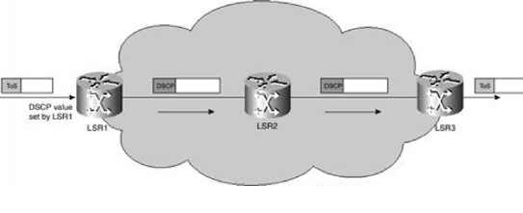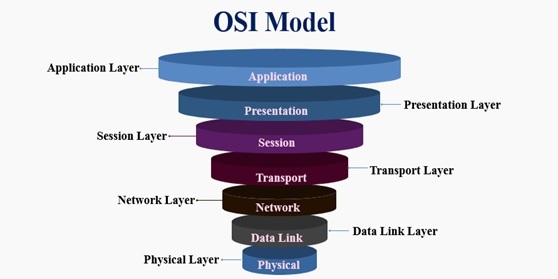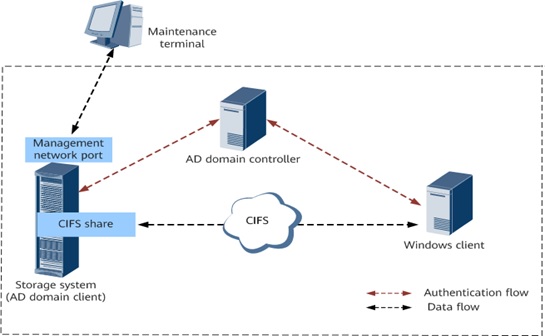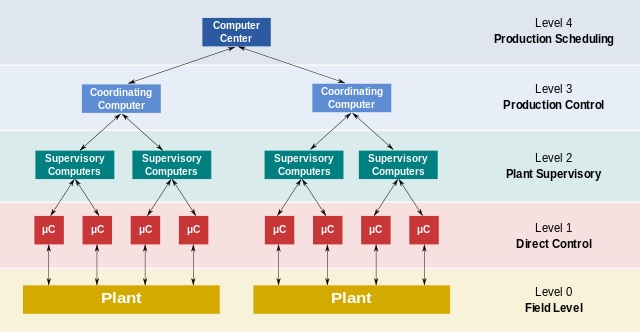Dynamic Host Configuration Protocol
DHCP (Dynamic Host Configuration Protocol) is a network management protocol used to dynamically assign an IP address to any device, or node, on a network so it can communicate using IP. DHCP automates and centrally manages these configurations rather than requiring network administrators to manually assign IP addresses to all network devices. DHCP can be implemented on small local networks, as well as large enterprise networks.
DHCP assigns new IP addresses in each location when devices are moved from place to place, which means network administrators do not have to manually configure each device with a valid IP address or reconfigure the device with a new IP address if it moves to a new location on the network.

Figure 1. Dynamic Host Configuration Protocol
Dynamic Host Configuration Protocol is shown in figure 1. Dynamic Host Configuration Protocol (DHCP) is a client/server protocol that automatically provides an Internet Protocol (IP) host with its IP address and other related configuration information such as the subnet mask and default gateway.
Benefits of DHCP
- Centralized administration of IP configuration: DHCP IP configuration information can be stored in a single location and enables that administrator to centrally manage all IP address configuration information.
- Dynamic host configuration: DHCP automates the host configuration process and eliminates the need to manually configure individual host. When TCP/IP (Transmission control protocol/Internet protocol) is first deployed or when IP infrastructure changes are required.
- Seamless IP host configuration: The use of DHCP ensures that DHCP clients get accurate and timely IP configuration IP configuration parameter such as IP address, subnet mask, default gateway, IP address of DND server and so on without user intervention.
- Flexibility and scalability: Using DHCP gives the administrator increased flexibility, allowing the administrator to move easily change IP configuration when the infrastructure changes.
The Dynamic Host Configuration Protocol can dynamically assign IP addresses to ensure that the IP addressing is optimal. DHCP ensures this by performing four stages of operations: discovery, offer, request and acknowledgment.
During the discovery stage, a device attempts to find DHCP servers. The process moves to the offer stage when a dedicated DHCP server sends back the IP configuration information. It includes the device’s MAC address, offered IP address, subnet mask, gateway address, the domain name server address, lease time and the DHCP server IP address.
References:
- https://www.techtarget.com/searchnetworking/definition/DHCP
- https://learn.microsoft.com/en-us/windows-server/networking/technologies/dhcp/dhcp-top
- https://www.javatpoint.com/dynamic-host-configuration-protocol
- https://www.ipxo.com/blog/what-is-dhcp/
Cite this article:
Gokula Nandhini K (2023), Dynamic Host Configuration Protocol, AnaTechMaz, pp.99















